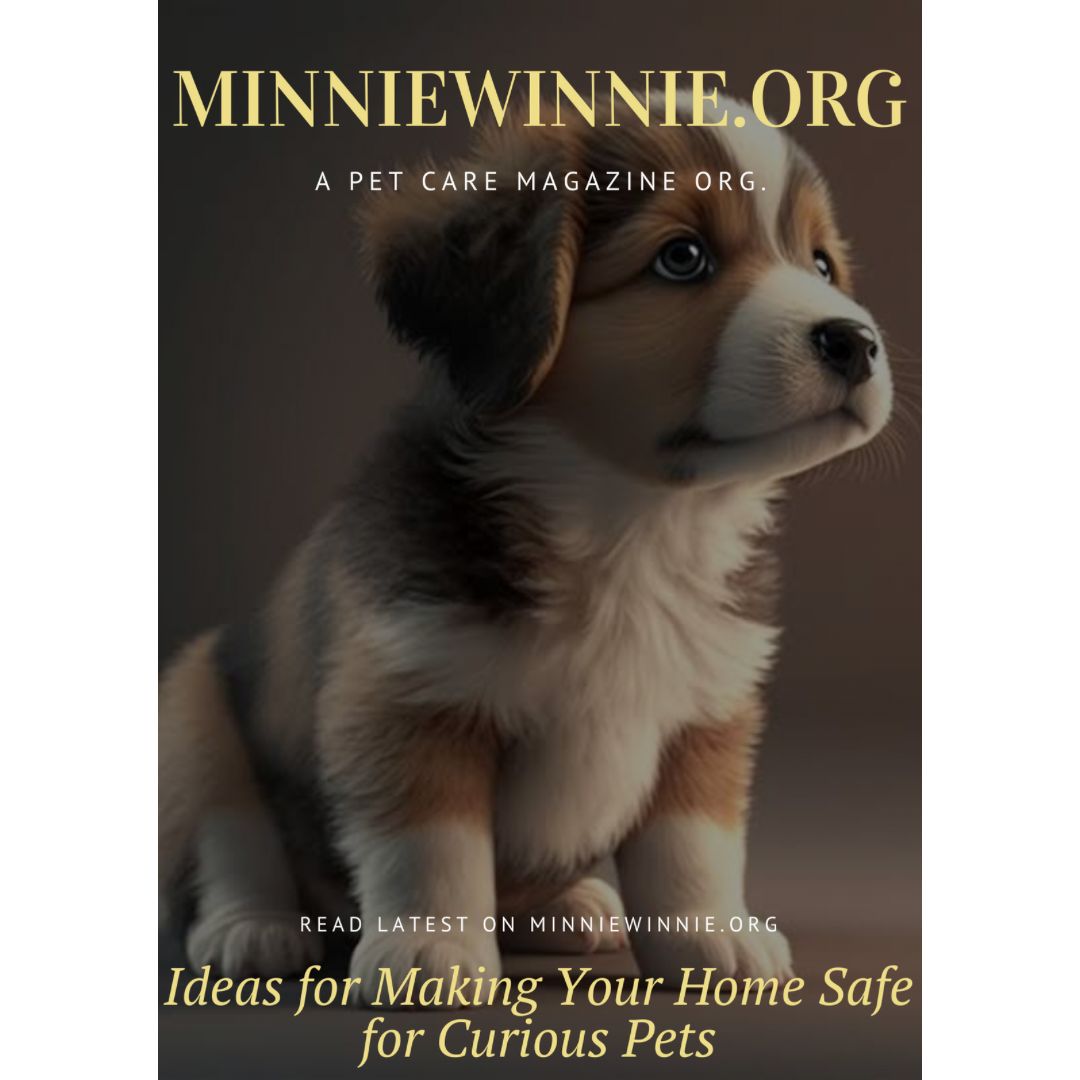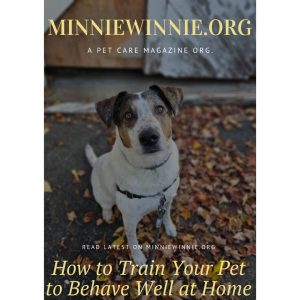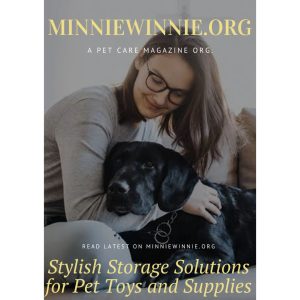Ideas for Making Your Home Safe for Curious Pets
Pets are naturally curious creatures. Whether it’s a cat exploring high shelves or a dog sniffing around the house, their inquisitive nature can sometimes lead them into dangerous situations. Creating a safe environment for your pet is crucial to ensure their well-being. Here are some practical ideas to make your home pet-proof and safe for curious pets.
1. Secure Hazardous Areas
Certain areas in your home, like the kitchen or bathroom, contain potential hazards such as cleaning supplies, sharp objects, or food that may be toxic to pets. Install childproof locks on cabinets that hold dangerous substances like household cleaners, chemicals, and medications. Keep sharp objects like knives, scissors, and other kitchen utensils stored securely out of reach.
For areas you don’t want pets to access, such as the laundry room or garage, consider using baby gates or pet barriers. This will help keep your furry friend out of spaces where they might encounter harmful objects like electrical cords or tools.
2. Hide Electrical Cords and Wires
Pets, especially puppies and kittens, tend to chew on things they find interesting, and electrical cords are a common target. Exposed wires can pose a serious risk of electrical shock if chewed. Hide electrical cords using cord covers, or tape them down along walls where your pet can’t easily access them. Another option is to use pet-safe sprays that discourage chewing behavior on wires and cables.
3. Keep Small Objects Off the Floor
Small items like coins, buttons, rubber bands, or jewelry can be choking hazards for pets. These objects, if swallowed, could lead to serious health issues such as intestinal blockages. Make it a habit to tidy up small items from the floor, tables, or counters where pets can easily get to them. Organizing small items in storage boxes or drawers ensures they are out of reach from curious paws.
4. Use Pet-Safe Plants
While houseplants can add a beautiful touch to your home, not all plants are safe for pets. Some common household plants, like lilies, aloe vera, and philodendron, are toxic to animals if ingested. Opt for pet-safe plants such as spider plants, Boston ferns, or African violets. Be sure to research any new plant you bring into your home to ensure it’s safe for your furry friends.
5. Lock Away Food and Trash
Pets are notorious for scavenging food, and certain human foods like chocolate, grapes, and onions can be toxic to them. Ensure food is stored in sealed containers or kept in places where pets cannot reach, such as cabinets or the refrigerator. It’s also important to secure your trash can with a lid or place it in a cabinet to prevent your pet from getting into food scraps or harmful items.
6. Remove Dangling Cords and Blinds
Cats, in particular, love to swat at and play with dangling cords from blinds or curtains. These cords can be a strangulation hazard if they get tangled up. Use cord shorteners or secure them high up where your pets can’t reach them. Another option is to switch to cordless window coverings for added safety.
7. Create a Safe Play Area
Designate a specific area in your home where your pet can safely play. This space can be filled with pet-friendly toys, scratching posts, and beds to keep them entertained. Having a designated play zone helps reduce the risk of your pet venturing into unsafe areas while ensuring they have plenty of stimulation.
For pets that love to climb or explore, consider setting up vertical spaces like cat trees or shelves that they can safely explore. This gives them the freedom to satisfy their curiosity without risking harm.
8. Check Windows and Screens
Pets, particularly cats, love sitting by windows to watch the world go by. However, open or poorly secured windows can be dangerous, especially for indoor pets. Make sure all windows are securely closed or have sturdy screens to prevent your pet from falling out. For added safety, install pet-proof window screens that are more resistant to claws and paws.
9. Store Medications and Toiletries
Medications, vitamins, and even certain toiletries can be harmful to pets if ingested. Store all medications in high, secure cabinets, and never leave them out on counters or nightstands. Similarly, items like shampoos, lotions, and toothpaste should be kept in closed cabinets to prevent curious pets from chewing or ingesting them.
10. Provide Safe Chewing Options
Pets, especially teething puppies, love to chew on things to relieve discomfort. To prevent them from chewing on inappropriate or dangerous items like shoes, furniture, or cords, provide them with safe and durable chew toys. Be sure to rotate toys to keep their interest, and always supervise when introducing new toys to ensure they are safe for your pet.
Conclusion
Making your home safe for curious pets doesn’t have to be a daunting task. With a few adjustments and regular maintenance, you can ensure that your home is a safe haven for your furry companions. By securing hazardous areas, keeping small objects out of reach, and providing a safe space for play, you’ll create an environment where your pets can explore without getting into trouble.










